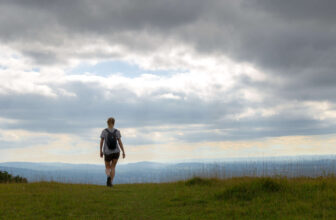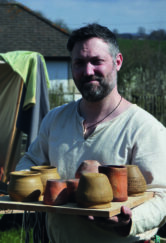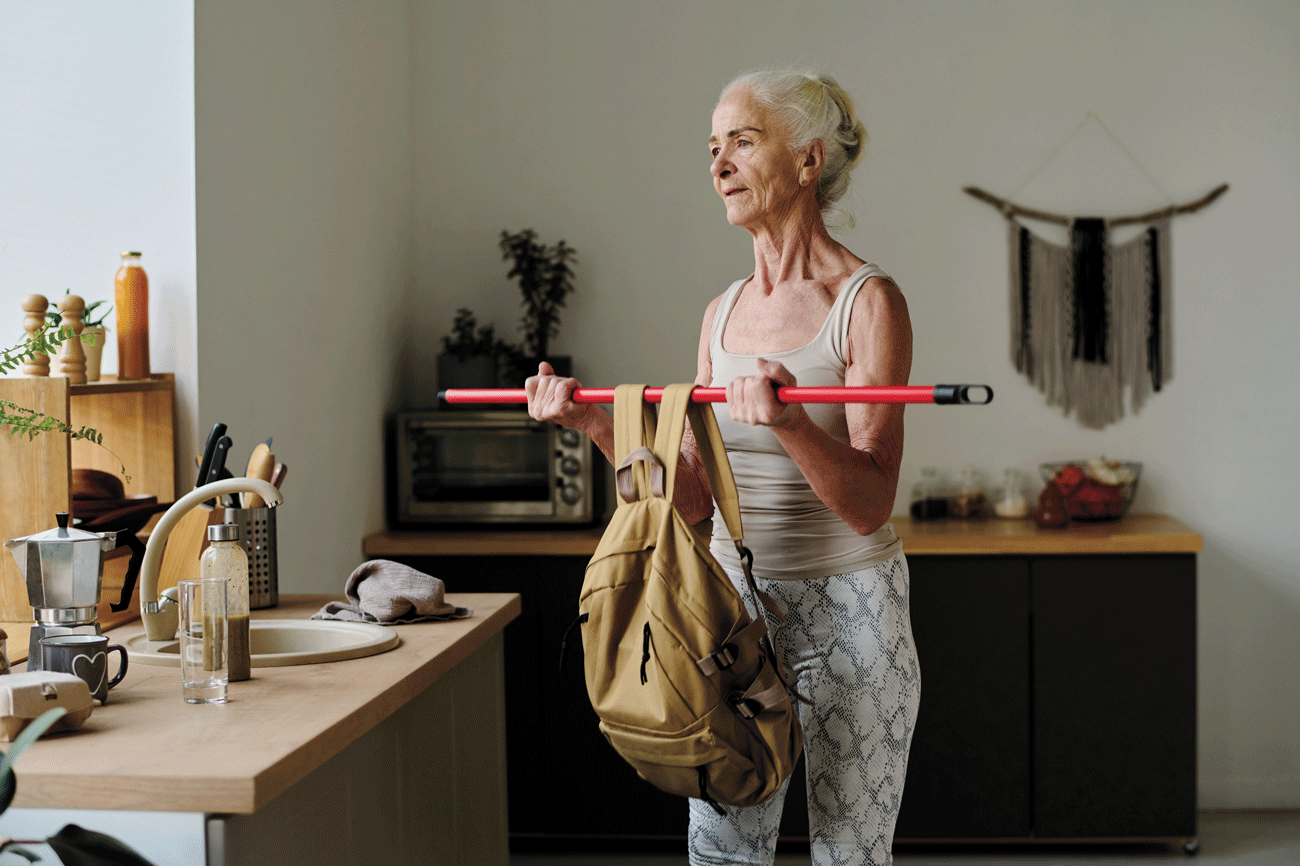
by Penny Lynch
Maintaining an active lifestyle is crucial at any age, but it becomes particularly important as we grow older. Regular exercise not only helps in keeping the body strong but also enhances mental health, improves mood, and can significantly slow down the aging process. Contrary to common misconceptions, exercise in older age is not just about staying fit—it’s about maintaining independence, reducing the risk of chronic diseases, and enhancing overall quality of life.
As we age, our bodies naturally lose muscle mass, bone density, and flexibility. Without regular exercise, these losses can lead to increased frailty, making everyday tasks more challenging and increasing the risk of falls and injuries. However, with consistent physical activity, these age-related declines can be minimized, allowing older adults to continue living independently and with confidence.
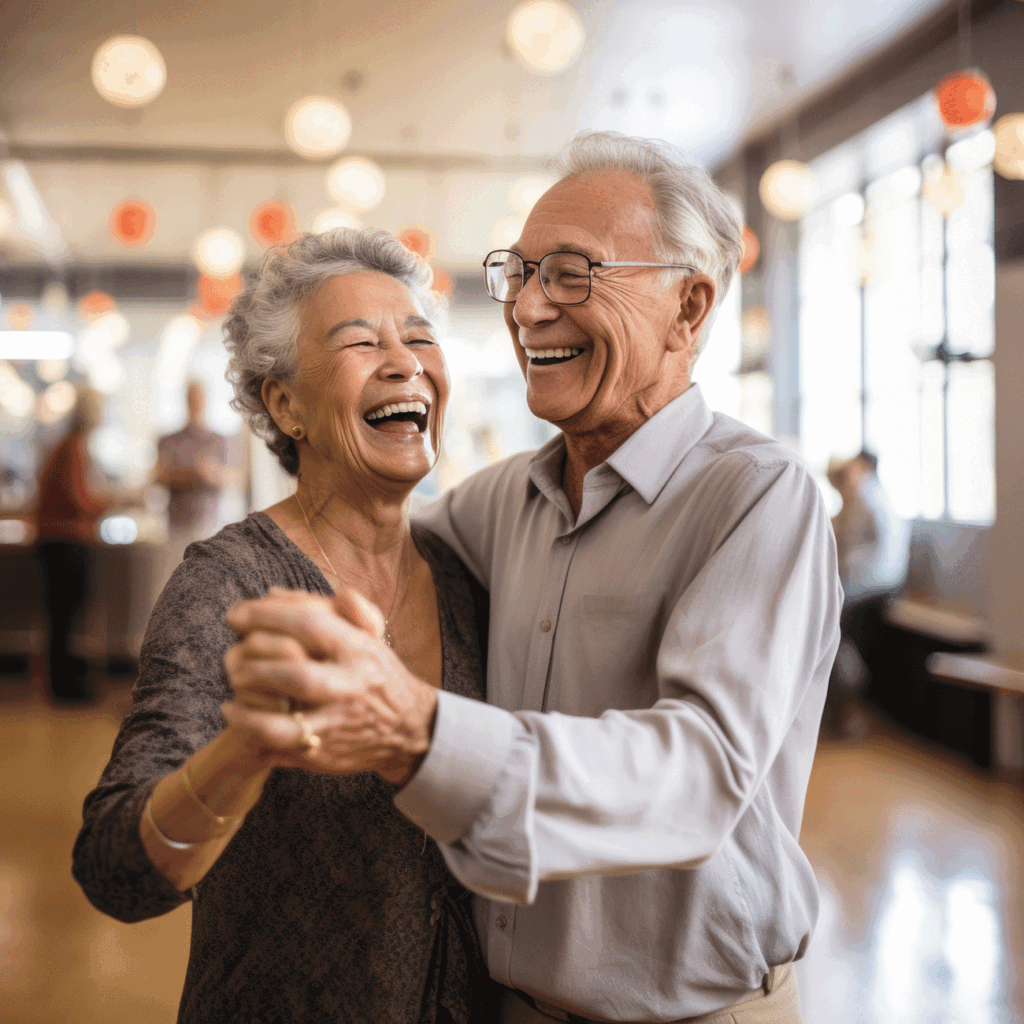
Exercise is also a powerful tool in managing and preventing chronic conditions. Regular physical activity can help control blood pressure, improve heart health, and reduce the risk of diseases such as diabetes, arthritis, and osteoporosis. Moreover, it has been shown to enhance brain health, potentially slowing the progression of cognitive decline and reducing the risk of dementia.
- Exercising for health: When it comes to choosing exercises, it’s essential to focus on activities that improve strength, balance, flexibility, and cardiovascular health.
- Strength Training: Light weightlifting or resistance band exercises are excellent for maintaining muscle mass and bone density. Simple exercises like seated leg lifts, wall push-ups, and bicep curls can be done at home with minimal equipment.
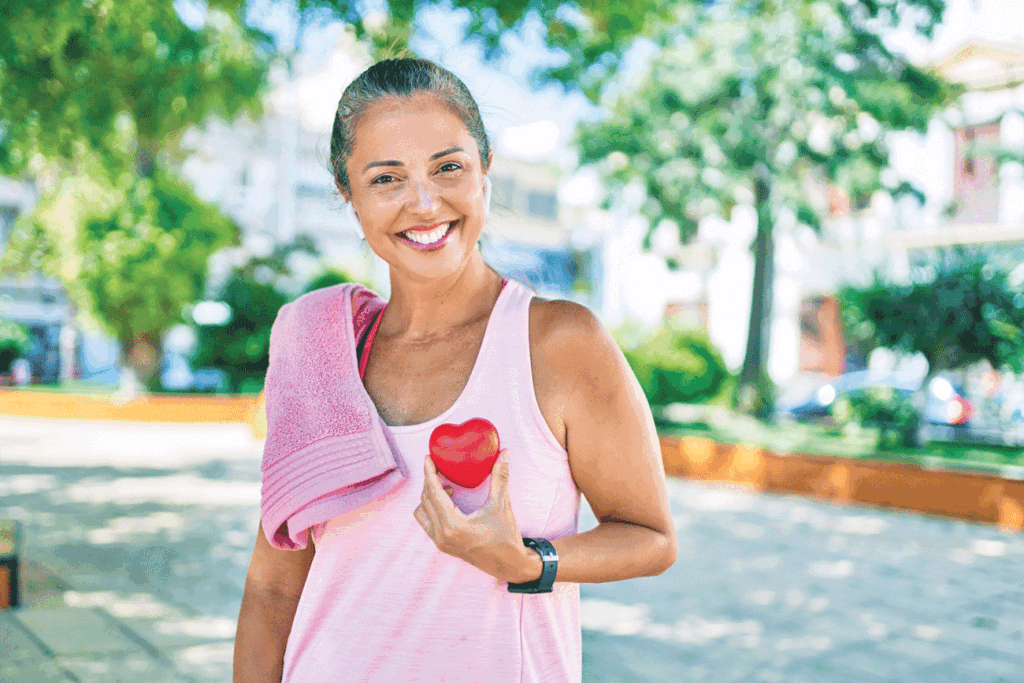
- Balance Exercises: As we age, maintaining balance becomes increasingly important to prevent falls. Activities like standing on one foot, heel-to-toe walks along a straight line, and gentle yoga can improve stability. Tai Chi, a slow and meditative form of exercise, is particularly beneficial for enhancing balance and coordination.
- Flexibility and Stretching: Stretching exercises help maintain flexibility, reducing stiffness and increasing the range of motion. Regular stretching or practicing yoga can improve flexibility, making everyday movements easier and less painful.
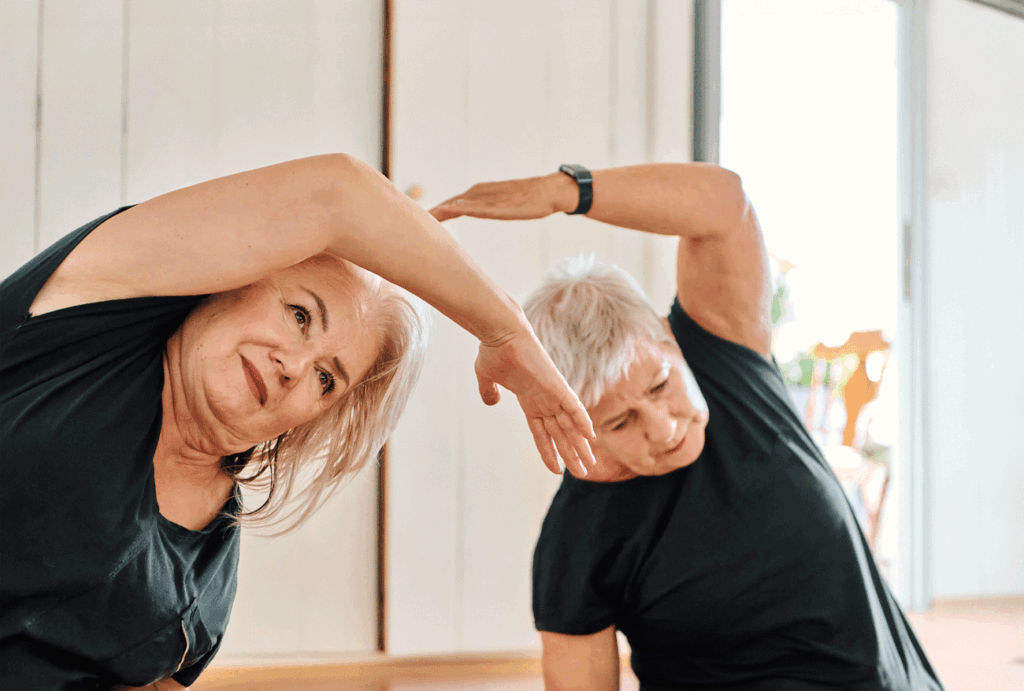
- Cardiovascular Exercise: Aerobic activities like walking, swimming, or cycling are vital for maintaining heart health and stamina. Even light activities, such as gardening or dancing, can contribute to cardiovascular fitness while being enjoyable.
Incorporating these exercises into a regular routine can lead to a more vibrant, active, and fulfilling life in older age. It’s never too late to start; even small amounts of exercise can make a big difference. By staying active, older adults can enjoy not just more years in their life, but more life in their years.




